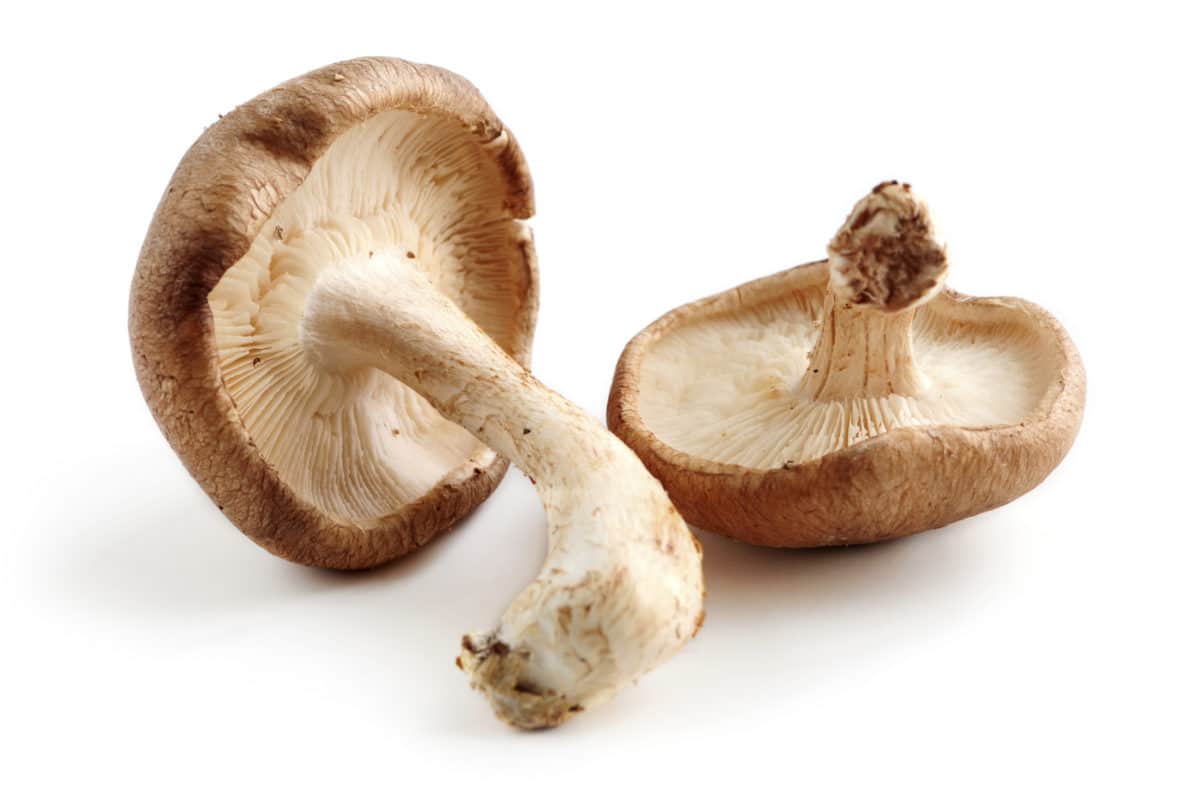Mead can be made from practically anything edible and is excellent to use in place of wine for cooking. I often make mead from ingredients that may not make for the most flavorful drinking mead but are ideal for cooking. Used sparingly and with varying amounts of honey, these ingredients can also produce an excellent dessert mead or digestif. Tomatoes, onions, peppers, and most other garden produce can be used to make both cooking and drinking mead. My favorite cooking mead (which I also enjoy sipping a bit) is a dry garlic-mushroom mead. I grow my own garlic and mushrooms, so I don’t generally have to go far to forage for ingredients. Any edible mushroom will work, and if you’re adventurous, so will wild garlic (ramson), wild onions, or ramps (wild leeks). For my mead, I generally go with shiitake mushrooms and the large cloves of Music garlic, primarily because those are my favorites to grow. Also, many edible mushrooms possess strong medicinal qualities, and garlic has powerful health benefits as well. Even if the flavor is a bit strong for drinking, a glass here or there will do wonders for your immune system.
Ingredients
- •1.1 kg (2½ pounds) honey (up to 1.8 kg or 4 pounds for a sweet or dessert mead)
- •11 liters (3 gallons) water
- •4-12 heads garlic (really, it’s up to you)
- •2 cups chopped fresh shiitake mushrooms or 1 cup mushroom tea
- •8-10 raisins
- •Wild yeast


Preparation
Prepare mead must with preferred ratio of honey-to-water.
Prepare garlic by peeling each clove and roughly chopping or smashing it. Add it all to the must raw. If you add it now, the garlic aroma won’t be as strong. If you save some for later, or even place a clove in each bottle, you’ll have a much stronger garlic flavor.
Add mushrooms directly to must or prepare in a mushroom tea and add the tea (this will make racking less messy).
Wild ferment, age, and bottle. When open fermenting, if you keep the mead in its cloth-covered vessel for several weeks to a month or more, you’ll create vinegar, which you can also use for cooking.
My absolute favorite dish to use this with is roast goat or lamb loin. I simply sprinkle the meat with salt and savory herbs, drizzle on some olive oil, pour mead over it, and place it in a roasting pan in the oven set to 121° C (250° F) or in a crock pot set to 6-8 hours. You can add potatoes and onions an hour or so before the dish is finished cooking. I also like to make mashed potatoes and use some of the broth to prepare gravy, or use it instead of water to prepare some brown rice. (I’ll admit that after tasting the broth, it’s very tempting to ladle some into a bowl and sip it with a spoon.)

